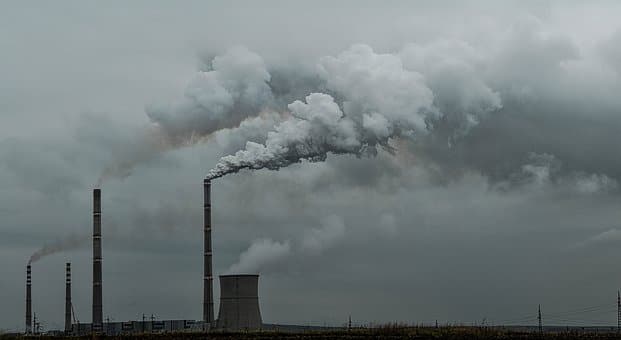U.S. EPA Proposes Fee on Wasteful Methane Emissions From Oil and Gas Operations

The U.S. Environmental Protection Agency on Jan. 12 proposed measures to reduce wasteful methane emissions in the oil and gas sector in accordance with the 2022 Inflation Reduction Act, or IRA. The proposed rule involves imposing charges on significant emitters that exceed emissions intensity levels established by Congress.
In December, the agency issued New Source Performance Standards aimed to drastically reduce emissions of methane and smog-forming volatile organic compounds from oil and natural gas operations. The rule applies to new, modified, and reconstructed sources, and, for the first time, includes existing sources nationwide. The proposed emissions charge, together with funding from the IRA and industry technology standards issued in December, is expected to support early deployment of technologies and practices to reduce emissions before new standards take effect.
The proposed rule provides details on how the waste emissions charge will be implemented, including exemptions and calculations. Facilities adhering to recently finalized Clean Air Act standards would gain exemptions after meeting specified criteria. The agency foresees a decline in the number of facilities facing charges over time as emissions decrease and compliance exemptions are achieved. The proposed rule aims to motivate facilities with high methane emissions to meet or surpass performance levels set by Congress. A “Waste Emissions Charge,” beginning at $900 per metric ton in 2024, would be applied to facilities exceeding specified emission levels, with incremental increases in subsequent years.
The rule is part of the IRA’s Methane Emissions Reduction Program, a three-part initiative, which provides over $1 billion to reduce methane emissions from the petroleum and natural gas sector. The first part involves a collaboration with the U.S. Department of Energy to provide over $1 billion in financial and technical assistance to speed up the transition to no- and low- emitting oil and gas technologies. Next, EPA is working with industry and other stakeholders to improve the Greenhouse Gas Reporting Program and improve the accuracy of reported methane emissions. The third part is the latest proposal aimed to encourage high methane emitting facilities to meet or exceed performance levels set by Congress.
Sierra Club, an environmental group, commended the proposal, saying that the “charge will hold industry responsible for polluting neighbouring communities and supercharging climate change with their methane emissions.”
The American Petroleum Institute criticized the proposed charge, calling it a “punitive tax increase” that undermines the energy advantage of the U.S. The trade group expressed support for smart federal methane regulation, and noted that this proposed rule “creates an incoherent, confusing regulatory regime that will only stifle innovation and undermine our ability to meet rising energy demand.”
Efforts to address emissions and unwanted releases of methane have been growing. In December, the EPA allocated $350 million in grants to 14 states for measuring and reducing methane emissions in the oil and gas sector, a pivotal step in meeting emission reduction targets. This funding, provided by the IRA, supports well-plugging, emissions monitoring, and environmental restoration. The initiative addresses 30 percent of total methane emissions from the oil and gas sector, providing immediate climate benefits and supporting the Justice40 Initiative for environmental justice.
EnerKnol Pulses like this one are powered by the EnerKnol Platform—the first comprehensive database for real-time energy policy tracking. Sign up for a free trial below for access to key regulatory data and deep industry insights across the energy spectrum.
ACCESS FREE TRIAL